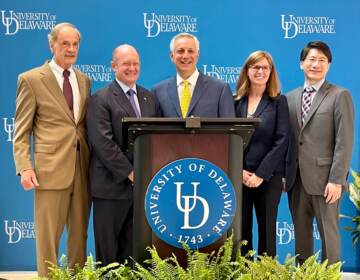UD scientist has major role in discovering long-lost military airmen
A serendipitous meeting in 2013 on the Pacific island of Palau culminated in the recent burial of an airman who died during a World War II combat mission.
Listen 2:06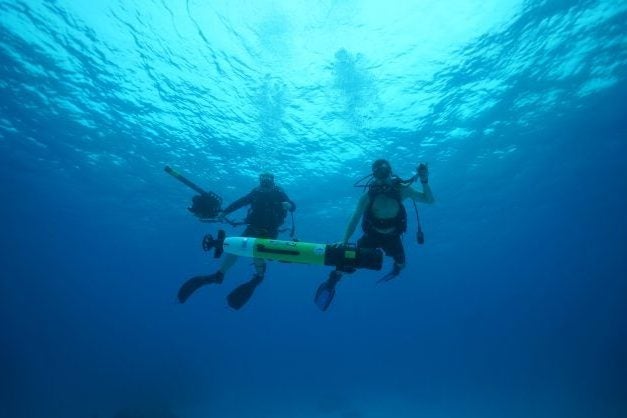
This autonomous robot is one of five used by Project Recover to find downed U.S. military aircraft from World War II and the Korean and Vietnam wars. (Courtesy of Project Recover)
A serendipitous meeting in 2013 on the Pacific island of Palau culminated in the recent burial of an airman who died during a World War II combat mission.
Mark Moline, director of the University of Delaware’s School of Marine Science and Policy, was doing underwater mapping work for the U.S. Navy with Scripps Institution of Oceanography when he met the head of a volunteer group, BentProp, that searches for lost military aircraft.
BentProp was using divers and rudimentary mapping efforts to search for aircraft. But Moline told the man about cutting-edge robotic, acoustic and high-definition technology his group was using to study sea bottom topography, coral reefs, sand ripples and other marine phenomena.
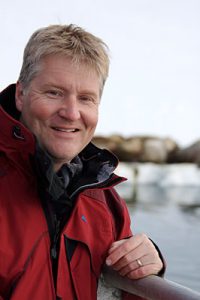
Moline offered to use his group’s the torpedo-shaped robot to help find a downed plane.
“We asked where he would send us if we were going to do this,” Moline recalled this week. “He pointed to an area. We surveyed that small piece of area and found an aircraft on the first go.”
The quick discovery led to a partnership known as Project Recover. The mission is to find long-lost pilots and their planes from World War II and the Korean and Vietnam wars.
To date, the group has found 20 aircraft — in the Pacific and off the coast of Great Britain and Greece. A handful has held remains of crew members but Moline expects more to be found once those wrecks are examined.
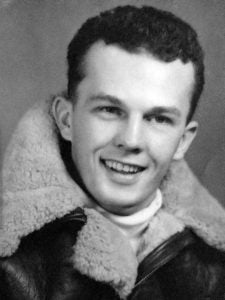
On December 12, Moline traveled to Saint Joseph, Michigan for the first funeral — where Albert P. “Bud” Rybarczyk was laid to rest.
Rybarczyk perished with two other crew members when their TBM Avenger dive bomber crashed in 1944.
At the service, Moline had an emotional encounter with Rybarczyk’s 86-year-old sister, a Catholic nun.
“She is very religious and the community is as a whole,” Moline said. “She basically said that this was his time to come home. In the ceremony that was held for him, they played, “I’ll be home for Christmas” right at the exit out.”
Once the military completes its painstaking verification for recovered remains, more funerals will be held for pilots and crew who died at sea in the service of their country.
Moline said he is honored to play a role.
“It’s really quite rewarding,” he said, “to be able to do this.”
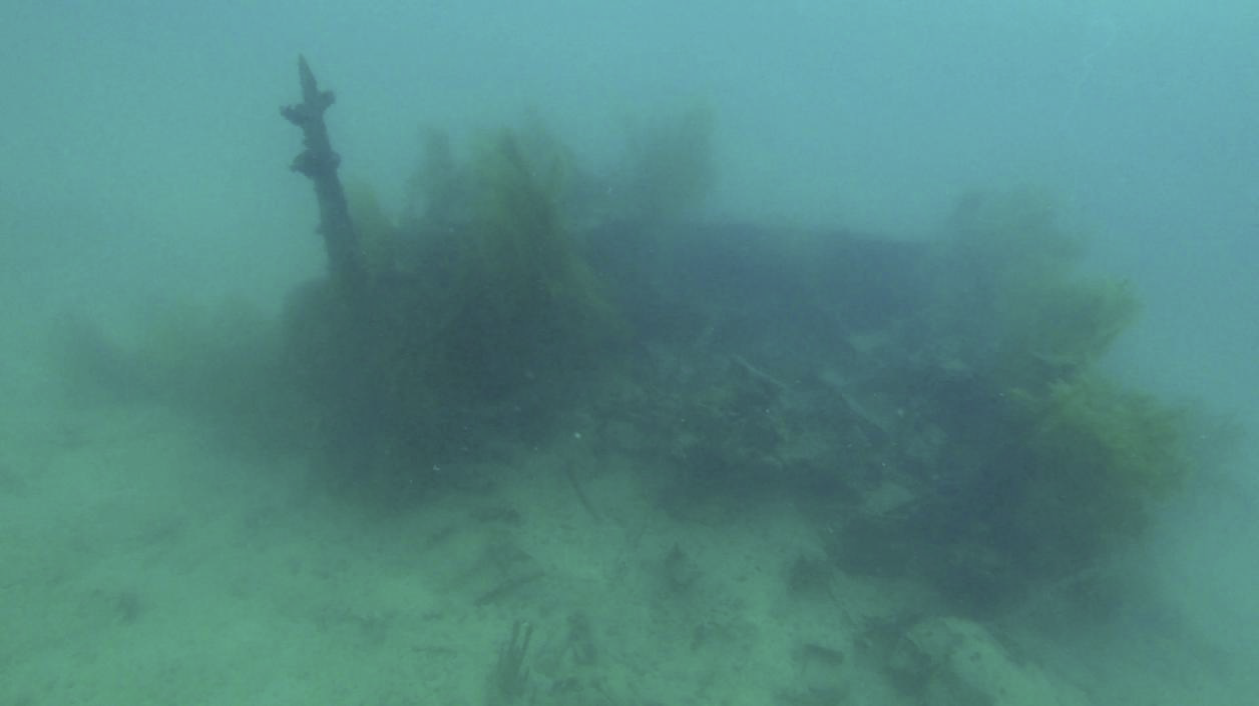
WHYY is your source for fact-based, in-depth journalism and information. As a nonprofit organization, we rely on financial support from readers like you. Please give today.




